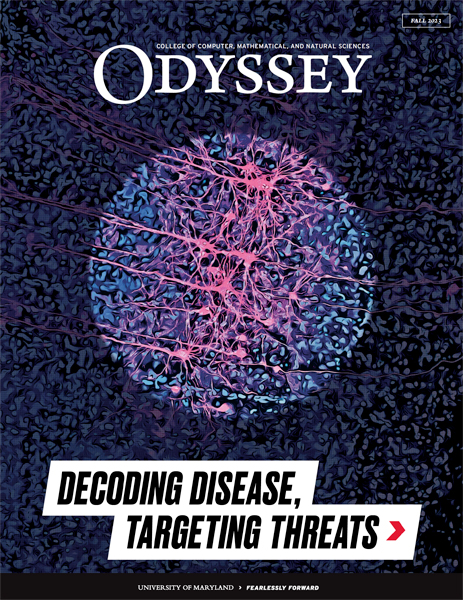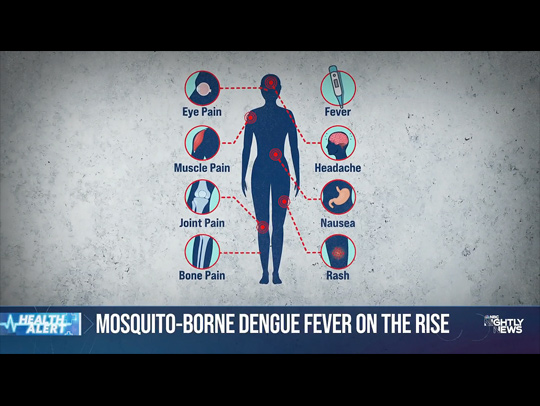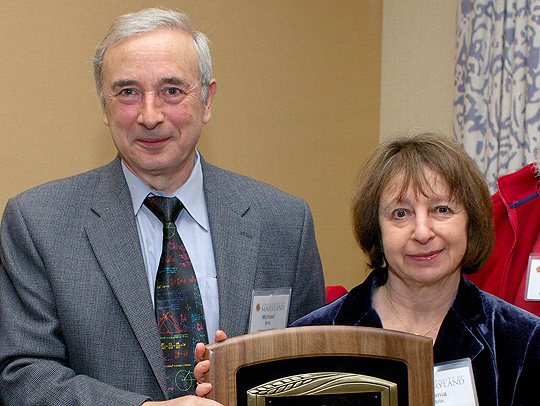 |
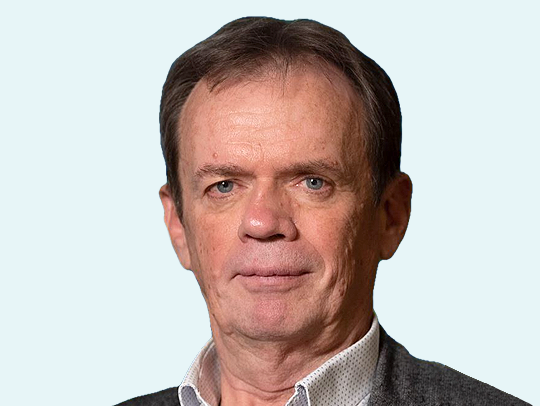 |
Eugenia Brin, Longtime Supporter of Science and Performing Arts at UMD, Dies
The donor and her family funded research, fellowships, faculty positions and more. READ MORE » |
Lars Peter Riishojgaard Joins UMD to Direct the Earth System Science Interdisciplinary Center
He brings with him 30 years of experience working at the World Meteorological Organization, NASA and the Joint Center for Satellite Data Assimilation. READ MORE » |
 |
 |
Seed Award Program to Support Artificial Intelligence-Related Research and Course Development
$1.3 million in grants are available for interdisciplinary work focused on responsible and ethical AI development at UMD. READ MORE » |
UMD Biologist Shares ‘Story of Sex’ in New Book
Eric Haag looks back 2 billion years to explain why humans have sex—and sexes—in a world where neither is a prerequisite for life. READ MORE » |
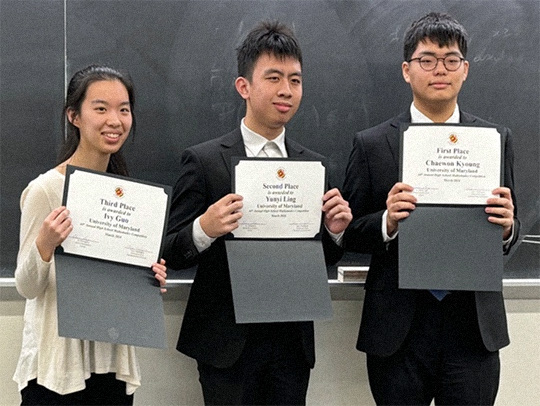 |
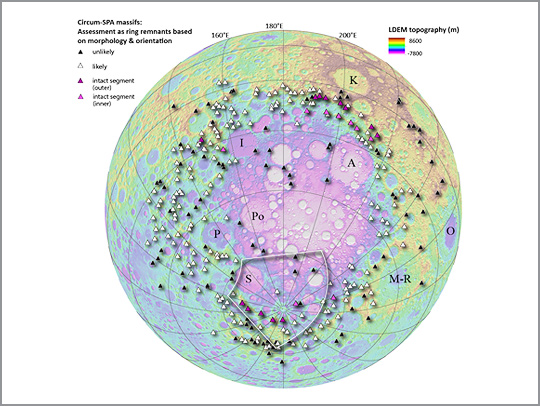 |
UMD High School Math Competition Inspires New Generations of Maryland STEM Students
Maryland and D.C. high school students compete annually for scholarships to UMD. READ MORE » |
The Moon’s Biggest and Most Ancient Crater Is Deeper, More Circular Than Previously Thought
UMD scientists uncover new insights into the moon’s early history, revealing new possibilities for future Artemis missions. READ MORE » |
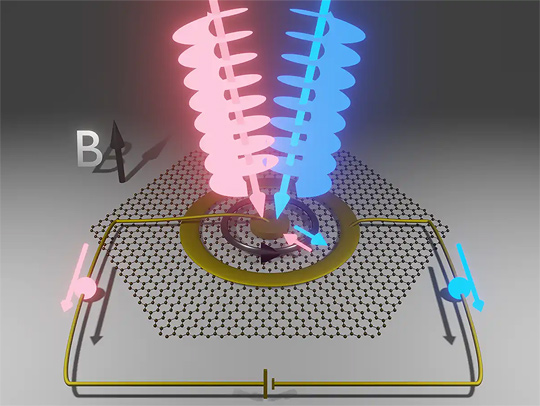 |
 |
Researchers Use Light to Give Electrons a Spinning Kick
Having tight control over the way that light and matter interact is an essential requirement for applications like quantum computing or quantum sensing. READ MORE » |
New Study Finds High Emissions from Feedstocks and Aged Equipment Delay Ozone Recovery
A study co-authored by AOSC’s Ross Salawitch reveals a 17-year delay in projected ozone layer recovery underscoring the need for enhanced global environmental policies and enforcement. READ MORE » |













